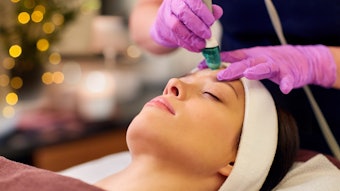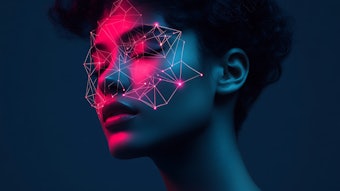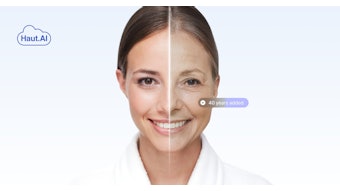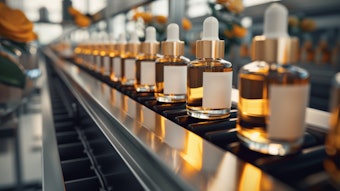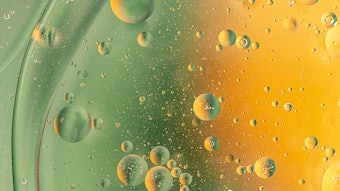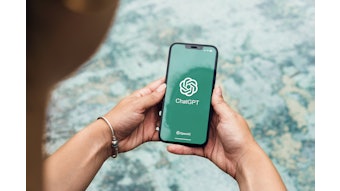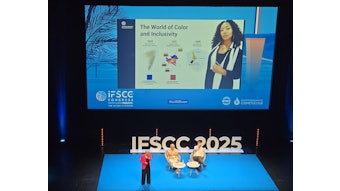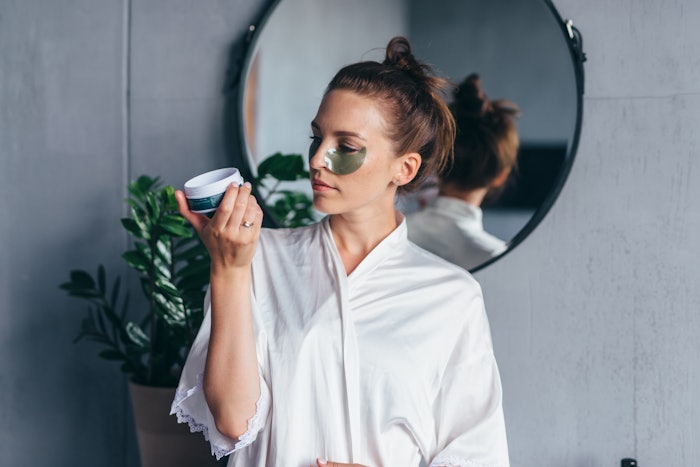
Beauty traceability is taking on new intensity, fusing sustainable practices and technology.
Terroir-specific Traceability
 In January 2024, the Clarins Group joined 15 cosmetics companies in the TRASCE (Traceability Alliance for Sustainable CosmEtics) consortium for the enhanced traceability of beauty ingredient and packaging supply chains.HJBC at Adobe Stock
In January 2024, the Clarins Group joined 15 cosmetics companies in the TRASCE (Traceability Alliance for Sustainable CosmEtics) consortium for the enhanced traceability of beauty ingredient and packaging supply chains.HJBC at Adobe Stock
The first cultivation of organic plant matter using regenerative practices is planned for autumn 2024, per the company. The first harvests are planned for 2025/2026.
Eventually, Clarins will harvest about 50 species of trees and plants from the region, including nopal, quince, almond, apricot, lavender, lemon thyme and cornflower. By 2030, the project will reportedly produce one-third of the plants Clarins uses in its products.
The acquisition follows Clarins’ 2016 acquisition of Le Domaine de Serraval in Haute-Savoie, France, which supplies the company's laboratories and factories with 2.5 tons of plants.
The land acquisitions align with Clarins’ broader mission to enhance the traceability of its supply chain.
Digital Supply Chain Mapping
In January 2024, the Clarins Group joined 15 cosmetics companies in the TRASCE (Traceability Alliance for Sustainable CosmEtics) consortium for the enhanced traceability of beauty ingredient and packaging supply chains.
Sponsored by FEBEA (Fédération des Entreprises de la Beauté), TRASCE will support participating companies in mapping their supply chains on a common digital platform, Transparency-One.
By using a common platform, the TRASCE participants hope to develop a common analysis of the industry’s and companies’ CSR-related risks, which will allow organizations to uniformly track progress.
A Genetic Bank for Natural Beauty Ingredients
 Authenticating natural ingredient genetic signatures is a key goal for a new consortium of beauty suppliers and brands.Антон Фрунзе at Adobe Stock
Authenticating natural ingredient genetic signatures is a key goal for a new consortium of beauty suppliers and brands.Антон Фрунзе at Adobe Stock
The database has been developed in collaboration with botanical gardens and/or specialized conservatories, which are assisting in authenticating plant samples and determining genetic signatures.
The consortium has also worked to globalize its activities by adopting top companies in the beauty market, including producers of consumer brands.
The project leverages the DNA Gensee laboratory “to ‘read' DNA barcodes on plants and algae to ensure their authentication with high reliability.”
France-based DNA Gensee features “a DNA analysis laboratory to identify the plant species present in ... raw materials, ingredients and finished products,” according to the company.
It adds, “The genetic analyses carried out will enable you to guarantee the botanical authenticity and even geographical origin, and to ensure the traceability, safety, and quality of the natural extracts you use.”
Tracking Products from Manufacture to Shopper
 The SEA Vision system reportedly tracks products from manufacturing to distribution, including serialization and aggregation during the packaging process, warehouse management, and the final phase of distribution and sales to consumers.Silga at Adobe Stock
The SEA Vision system reportedly tracks products from manufacturing to distribution, including serialization and aggregation during the packaging process, warehouse management, and the final phase of distribution and sales to consumers.Silga at Adobe Stock
The SEA Vision system reportedly tracks products from manufacturing to distribution, including serialization and aggregation during the packaging process, warehouse management, and the final phase of distribution and sales to consumers.
The system comprises the company’s Yutrace software, which collects and stores all production and serialization data at production sites in a database. It also features systems for visual inspection and serialization on packaging lines, allowing brands to apply a unique identifier on products.
The software manages the full cycle of printing of QR codes/DataMatrix/1D codes/RFID/NFC tags and their subsequent control. Each unique identifier is registered into the database and readable along the entire supply chain.
Other elements include Reworkapp and Pickapp for processes of reworking and picking in the warehouse, respectively.
Additional information can be integrated by distributors, importers or agents; the system features different levels of access to provide specific information based on the type of user, from consumer to manufacturer to importer and beyond.
At the end of the line, the consumer can scan a product’s digital code to access the manufacturing’s webpage containing all the information about the ingredients, usage and disposal of the product, per SEA Vision. This process also confirms authenticity.
These recent innovations are just a fraction of the new technological advances in beauty’s traceability evolution. More will are sure to come on line as demands for transparency and information access escalate.
